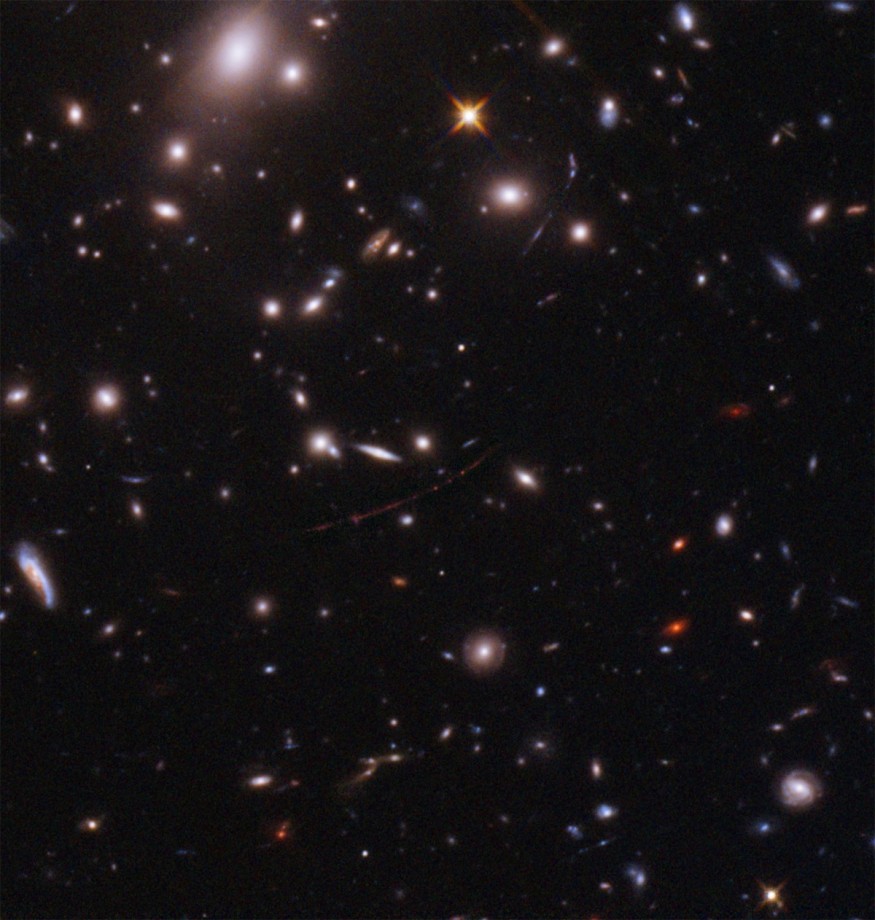The Hubble Space Telescope has observed many regions of space since the first time it was launched. Among the objects it captured were stellar bodies, some of which were massive and had existed for almost billions of years already.
In a new study, the telescope recently got ahold of the image from one of these prehistoric stars. The object has an age of approximately 12.9 billion years.
Earendel: Shining Since 900 Milion Years After Big Bang

The light-emitting from the huge star first existed when the universe was estimated at 900 million years old. This light show was considered by experts as an 'extraordinary new benchmark,' setting up a clearer perspective of the universe's evolution and the first group of stars that formed right after the big bang occurred.
Scholars led the latest study on an ancient star from the Max Planck Institute. According to a report by DailyMail, the team detected just a little amount of light that originated from the star. The late discovery of the object was due to the galaxies hovering between our planet and the stellar body.
The star, named Earendel, is theorized to hold a luminance brighter than our solar system's sun. According to the authors, the data gathered from this object all leads to the possibility of it being one of the few ancient stars still existing up to this date, and suspected as among the brightest stars ever found throughout the universe.
Earendel offers only a few data due to its location. To analyze more about the star, the experts hope for the assistance of Hubble's successor, the James Webb Space Telescope.
Earendel has a mass that is 50 times larger than our sun. The light coming from the star recently touched our planet, despite the object's almost 13 billion years of existence.
Max Planck Institute, astrophysicist and co-author of the study Selma de Mink, explained that the discovery was similar to what people experience when they find an old photograph of their great grandparents.
ALSO READ : Layered Craters of Ice on Mars Hemisphere Give Insights on Planet's Climate 4 Million Years Ago
Oldest Stellar Ancestor to Date
Earendel belongs to the 'stellar ancestors,' de Mink said. Our planet and its objects were once made from the elements these objects produced at the beginning of the galaxy. But even though they are almost present in each of us, the milky way and other galaxies present very few details about them.
Stars are theorized to consume many elements whenever it reaches the remaining time of their life. When these elements accumulate, the star explodes and will send the developed matter it devoured throughout space. From the star's demise, new stellar nurseries and nebulas form.
The nebulas are known to collect clouds of dust and gaseous particles to help a star form itself. With this cosmic activity, the nebulas can also be responsible for forming planets like Earth.
Earendel, or the 'morning star,' beats the long-standing record of the oldest star by four billion years. Future studies are anticipated to examine the ancient stellar body comprehensively. The study was published in the journal Nature, titled "A highly magnified star at redshift 6.2."
RELATED ARTICLE : Helium-3 Leak from the Core of Earth Discovered, Stimulating Doubt Among Astronomers About Planet's Formation
Check out more news and information on Space in Science Times.
© 2025 ScienceTimes.com All rights reserved. Do not reproduce without permission. The window to the world of Science Times.












